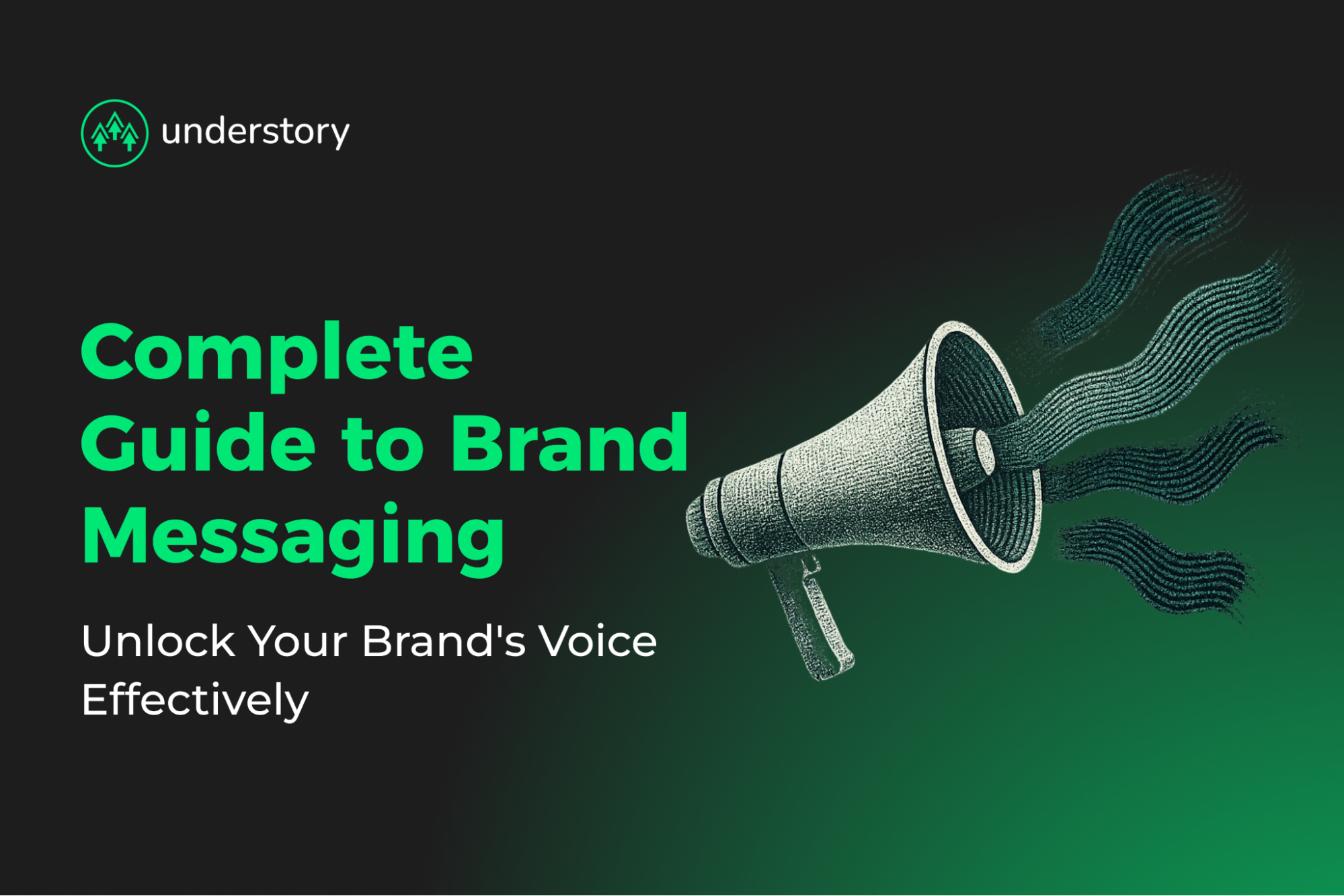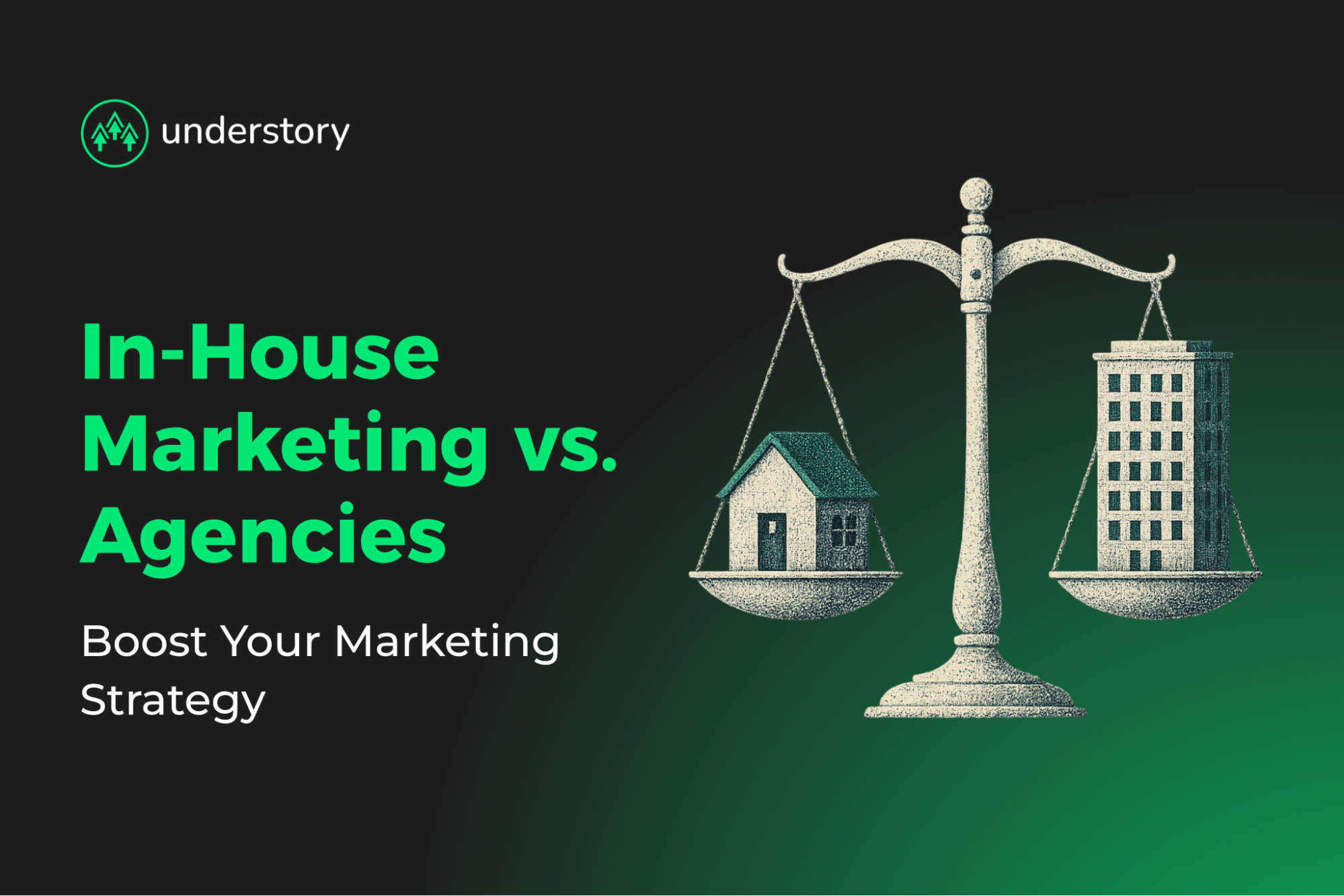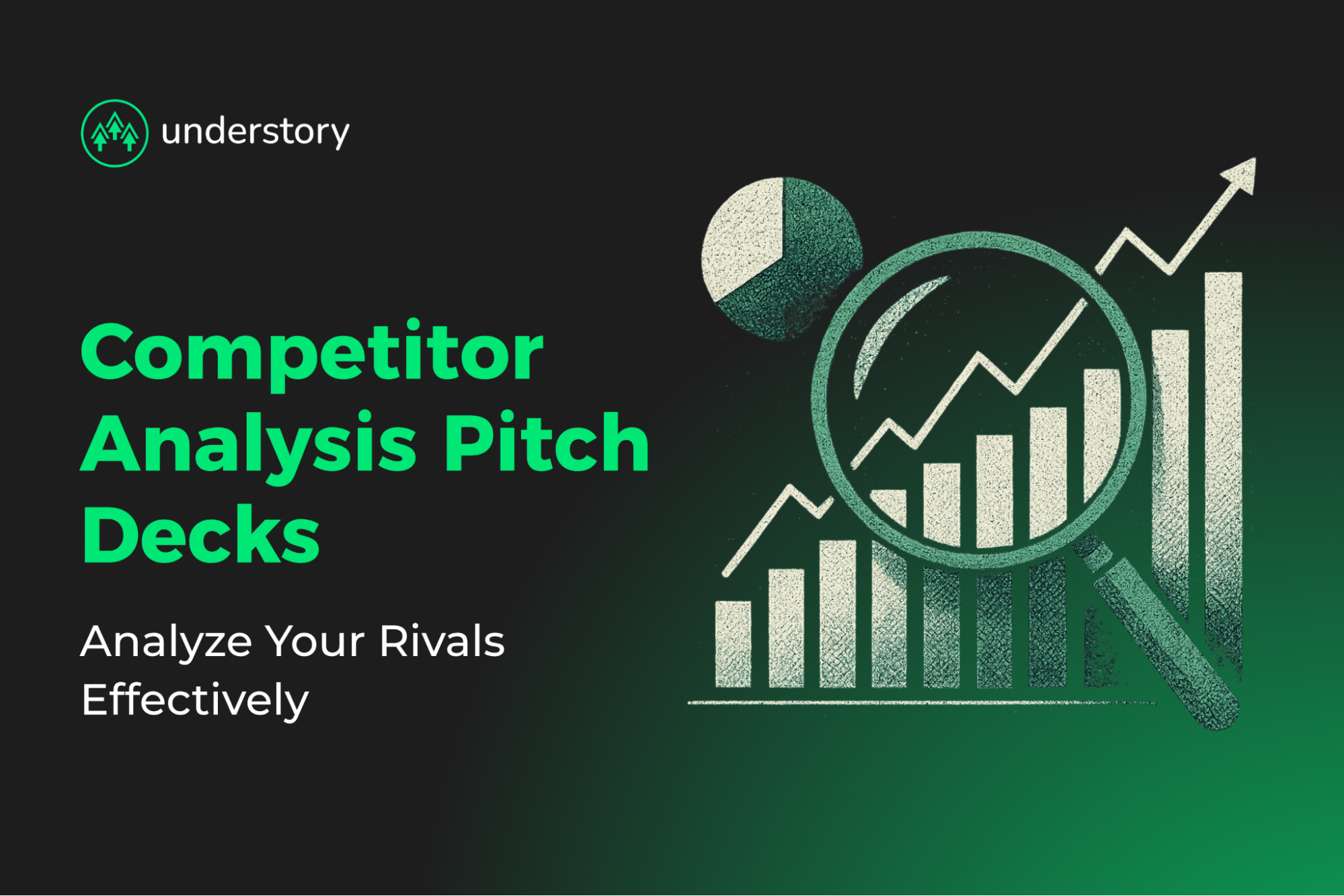

Best Integration Marketing Agencies in 2025

Alex Fine
Author
Published date
11/21/2025
Reading time
5 min
If you lead growth at a SaaS company, your biggest challenge is often coordination. Paid, outbound, and creative teams work in silos, producing scattered data and inconsistent messaging that inflate CAC and stall pipeline.
Integration marketing agencies solve this by unifying every channel under one strategy and source of truth. Instead of managing multiple vendors, you get synchronized execution that drives measurable revenue impact.
This guide highlights what makes an agency truly integrated and ranks the top firms leading in 2025.
What Is an Integrated Marketing Agency?
If you’re still reconciling reports from different vendors every week, you’ve seen the cost of fragmented marketing. An integrated marketing agency eliminates that chaos by aligning paid, organic, outbound, and analytics under one coordinated system. It’s about making marketing channels work together through shared data, unified strategy, and measurable outcomes.
Unlike specialist shops that hand off tasks between disconnected teams, integrated agencies own the full funnel, from awareness to retention. They connect your CRM, CDP, and marketing automation to power real-time personalization, automate cross-channel triggers, and surface true CAC and LTV without manual reporting.
For SaaS growth leaders, this model replaces siloed tactics with end-to-end coordination. The same team that writes your ad creative also tracks conversion events, optimizes nurture workflows, and refines outbound messaging based on real pipeline data. This results in faster decision cycles, clearer attribution, and campaigns that compound instead of compete.
Top Integrated Marketing Agencies in 2025
Most SaaS growth leaders fail because their vendors don’t talk to each other. Paid media, outbound, and creative teams operate in silos, forcing you to mediate between reports, rewrite briefs, and explain results that don’t connect. The agencies below eliminate that friction by uniting strategy, data, and execution under one coordinated system.
1. Understory
Understory leads the 2025 list as a true allbound coordination partner built specifically for B2B SaaS companies. Unlike agencies that bolt on channels, Understory integrates everything, including paid media, SEO, outbound, creative, analytics, and RevOps, into one growth engine. Their platform-first model ensures CRM, attribution, and campaign data stay synchronized across every stage of the funnel.
Understory’s advantage lies in coordination. Instead of managing three vendors and a spreadsheet, you get a unified workflow where positioning, creative, and data all move together. From building investor-ready messaging to running high-efficiency paid campaigns, every output ladders back to pipeline metrics.
If you need measurable, full-funnel growth without managing multiple vendors, Understory is the partner built to deliver it.
2. SmartBug Media
SmartBug Media earns its reputation with RevOps-driven playbooks built on the HubSpot ecosystem. Their Elite HubSpot partner status means they unify marketing automation, CRM workflows and attribution under one platform. For companies already committed to HubSpot, SmartBug offers tighter alignment between marketing and sales than most specialist shops.
Their strength: integrating lifecycle management (MQL → SAL → SQL) with creative and execution. The trade-off: their specialization around HubSpot may limit flexibility for companies that use other tech stacks or want a broader channel mix than inbound + lifecycle nurture.
3. WebFX
WebFX offers the proprietary MarketingCloudFX platform, bringing SEO, PPC, CRM and campaign data into a single dashboard for mid-market clients. That integration speeds up testing and gives CMO-level visibility into channel performance and cross-touch attribution.
Their strength lies in dashboard unification and rapid scaling of paid/SEO efforts for clients lacking heavy dev resources. On the downside, WebFX’s focus is more on systems and less on deeply customized creative or sales-enablement narratives, which can be a downside for high-ACV SaaS launches needing more bespoke positioning and data orchestration.
4. NP Digital
NP Digital leverages their Ubersuggest platform and creative/SEO muscle to drive full-funnel campaigns. They target enterprise and international growth, combining paid media, SEO, content and creative under one roof.
Their value: global scale, aggressive growth focus and multi-channel proficiency. The limitation: their breadth sometimes means less hands-on tailoring for deeply technical B2B SaaS with complex buying committees and integrated RevOps stacks. Clients needing that level of tailored GTM engineering might still need to layer in additional support.
5. Ironpaper
Ironpaper is a B2B growth agency that emphasizes structured sprints (90-day) delivering measurable pipeline outcomes for longer sales cycles. Their specialization: aligning marketing, content and enablement around high-value enterprise B2B moves.
They deliver clear qualified-pipeline metrics rather than vanity leads, which is critical for SaaS companies with high ACV. The trade-off: Their sprint-based model requires high discipline and may be less suited for companies needing ongoing creative production and broad channel mix beyond the sprint cadence.
6. Directive Consulting
Directive Consulting’s “Customer Generation” framework is built for B2B SaaS with complex buying committees. They integrate paid search, SEO, RevOps and GTM motions simultaneously, aligning marketing to sales and pipeline outcomes.
Ideal for high-ACV SaaS firms needing tightly orchestrated demand-gen, attribution and full-funnel alignment. The downside is that their model can be heavier in resource requirements and may come at higher cost than simpler performance-agencies; smaller SaaS teams might find the overhead more than they need.
7. R/GA
R/GA blends high-end creative storytelling with advanced data infrastructure, bringing agency-level brand polish plus growth-tech rigor. For companies launching new categories or operating in consumer-centric enterprise markets, R/GA offers differentiation beyond pure performance marketing.
Their creative-brand focus can mean higher costs and slower turnaround compared to agile performance-driven agencies; for SaaS firms focused purely on CAC, their brand premium may not pay off immediately.
8. Droga5
Droga5 brings flagship creative and integrated campaigns that span paid, earned, owned channels with heavy storytelling weight. For brands where perception shift matters (not just direct pipeline), they shine. But for SaaS businesses focused on fast CAC reduction and pipeline velocity, their strength may be overkill; the cost and brand-time may misalign with a high-velocity growth model.
9. Digital Silk
Digital Silk specializes in conversion-centric UX and design–driven growth. Their strength is in creating seamless user journeys, landing pages and onboarding flows optimized for trial activation and conversion.
For SaaS firms with strong products but weaker design/UX, this is a fit. However, they have less depth around outbound sales orchestration or full stack media + RevOps integration, which may require pairing with additional partners for full GTM alignment.
10. Amra & Elma
Amra & Elma bridges influencer and B2B demand marketing by integrating social proof with paid/media execution. Their tiered pricing and transparent model suit brands using influencer/authority strategies.
Their specialty is narrower (influence + paid media) rather than full-stack channel plus data integration; SaaS firms needing full RevOps + GTM coordination will need complementary partners.
Choosing the Right Integration Partner: 7-Point Checklist
Managing separate vendors for paid media, outbound, and creative drains time and consistency. Use these seven filters to find one integrated partner who can replace that coordination overhead and deliver measurable growth.
1. Tech-Stack Compatibility
Your partner should connect directly with your CRM, CDP, and marketing automation stack. Ask for proof of recent integrations and whether reporting lives inside your CRM. Unified data pipelines are the mark of a true full-funnel agency.
2. Multi-Channel Case Studies
Don’t settle for glossy decks. Look for verified case studies that tie LinkedIn ads, outbound campaigns, and web conversions to closed-won revenue, preferably for companies with similar deal sizes. Real ROI beats vanity metrics every time.
3. Transparent, Tiered Pricing
Top agencies share clear pricing tiers (Starter, Growth, Enterprise) and line-item costs across media management, creative, and RevOps. Hidden fees or “variable hourly work” are red flags. Predictable pricing equals predictable CAC.
4. SLA & Reporting Cadence
Accountability should be written into the contract. Expect weekly performance snapshots, monthly strategy reviews, and fixed escalation paths for issues. Vague “regular updates” mean reactive problem-solving, not partnership.
5. RevOps Alignment
Integration fails when marketing and sales define leads differently. Test for RevOps fluenc. Does the agency understand Salesforce objects, scoring logic, and attribution frameworks? RevOps-literate partners close the loop between awareness and revenue.
6. CX & Personalization Experience
Top agencies design seamless customer journeys across every touchpoint, including ads, onboarding, emails, and in-app experiences. Ask how they personalize outreach based on behavior or usage triggers, not just demographic segments.
7. Cultural Fit & Roadmap Alignment
Meet the account team, not just sales. Do they share your urgency, question assumptions, and adapt quickly? Alignment in speed and strategy determines long-term success more than any initial proposal.
Run every prospect through this checklist and you’ll separate surface-level vendors from true integration partners. Teams like Understory that combine RevOps precision, creative execution, and multi-channel coordination under one roof to deliver scalable, measurable growth.
Why Understory Is the Integrated Growth Partner for 2025
The most common reason SaaS growth efforts stall is fragmentation. Paid media works in isolation, outbound runs on outdated data, and creative teams never see pipeline results. Understory eliminates that disconnect by acting as your single integrated growth partner.
Understory unifies paid, organic, outbound, and creative under one coordinated RevOps framework. Every channel runs on shared data pipelines that feed directly into your CRM, turning disjointed efforts into one measurable growth engine. Campaigns are built around your ICP so every ad, email, and outbound touchpoint ladders up to pipeline velocity and revenue clarity.
Where most agencies optimize clicks, Understory optimizes coordination. Our team designs messaging frameworks, executes cross-channel campaigns, and engineers real-time analytics dashboards that let you see CAC, SQL velocity, and ARR growth in one view. You stop chasing metrics and start scaling with confidence.
If you’re ready to align your tech stack, creative, and GTM into a single growth motion, book a strategy call with Understory today.




